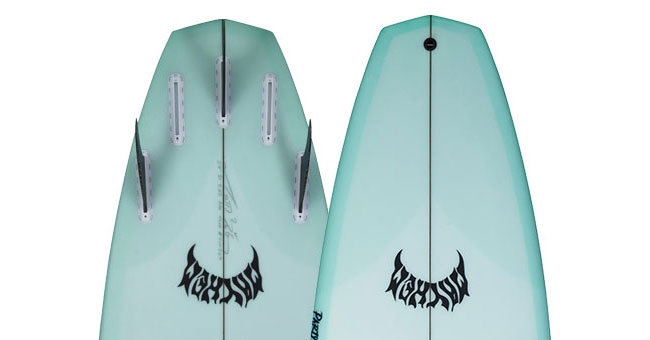Here are some of the more common surfboard tails and how they work:
Squash Tail
Round Tail
Pintail
Swallow tail
Winged tail
Diamond tail
SQUASH TAIL - Essentially a square tail rounded out a little bit. Good tails for everyday surfboards. The increase in surface area gives you lift back in the tail. That's good for speed in slower waves and getting some projection out of your bottom turns and carves. The round corners of the squash help your turns roll a little more buttery versus the hard corner of a square tail. Also with that lift you can get some release in the lip and is good for airs.
Downside is when the waves get bigger and you are traveling at higher speeds that surface area in the tail will make it harder to sink the tail for control. Also they can be a little slower rail to rail than a round tail.
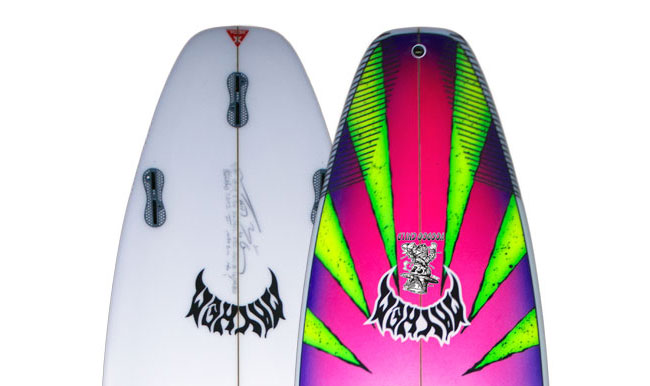
ROUND TAIL - Take a squash tail and remove the corners and have it go into a round point at the tail and that's pretty much a round tail. Removing that surface area gives you one long rail line all the way to the tip of the tail. This elongated rail engagement gives you hold and the reduced tail area lets the tail go into the water more giving you control. That is why you usually see round tails ridden in better than average surf where you want your board to hold confidently at higher speeds. As well, with all that surface area being removed from the tail area the board is going to be more sensitive and react quicker to direction changes and go rail to rail quicker.
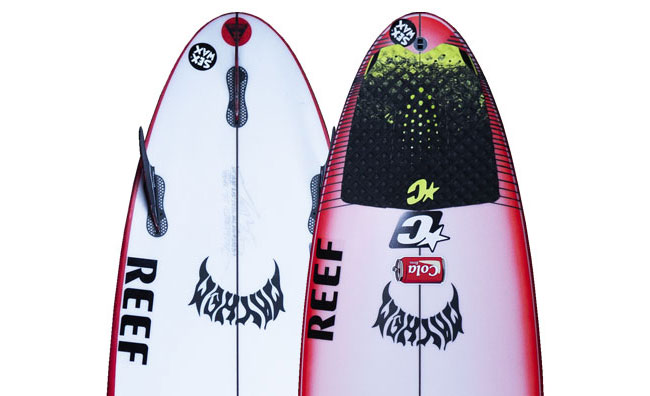
PINTAILS - extreme version of a round tail. You'll See these a lot on step ups and guns where you need to really reduce the surface area because you are traveling at a much higher speed and you need maximum hold and control in the wave.
Downside is when the waves are smaller and slower that reduction in surface area is not going to provide as much lift. The tail will sink easier and that will reduce your speed and you will lose projection out of your turns.
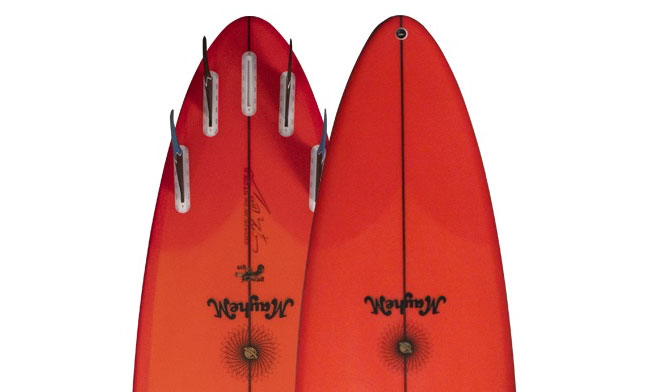
SWALLOW TAIL - Basically a square tail with a piece cut out from the middle creating 2 angled points at the corner of the tail. These tails have the surface area of a squash tail but that sharp corner gives you an abrupt pivot point on the tail to turn sharply. The area removed from the center lets water go around both sides of the corner which gives you “bite”.
Because of the width of the tail, similar to the squash, you still get some benefit of the additional surface area providing you some lift. So the Swallow tail lets you turn sharper off the corner but secures the tail better than the squash. You will typically see these tails on shortboards for hollow curvy waves where you want more control than a squash. You will also see swallow tails on a lot of Fishes. This is because fishes have such wide tails and all that surface area needs to be controlled so it doesn't “wash out” easily. So removing that area in the tail reduces the surface area and lets water around both sides of the point giving it control.
Downside is these tails do not have as much projection out of turns compared to the squash. Relatively speaking, this is because the “bite” you get from swallows and the hard corners that increase your pivot can reduce some projection.
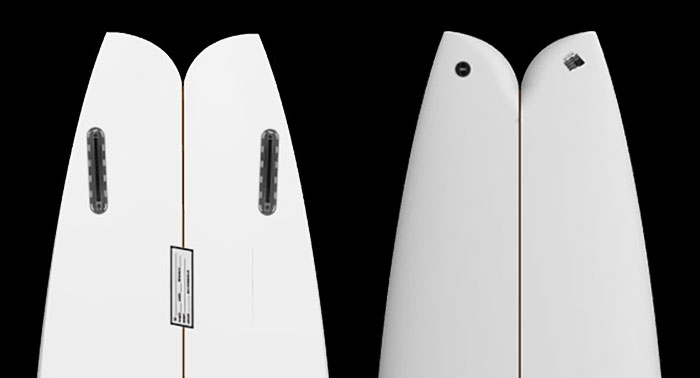
WINGED TAILS - These tails have a wing cut into the side of the outline typically by the fin. This lets you have an original or even wider than normal outline, but then pulls in the tail behind the wing area abruptly for added response and bite. When you have a wing it creates a “break” in the outline which creates a “pivot point” that is usually coordinated with the fin placement. The second byproduct of using the wing is behind the wing toward the tail is now a tighter outline from the reduction in surface area. This will create “bite” from the tail sinking into the water more from a reduction in lift and planing because of the reduction of surface area. So overall you end up with a pivot point and some bite back in the tail area.Typically you see these in high performance fishes, grovelers, and hybrids.
Downside is usually in bigger surf where the “break” in the outline from the wing can cause too much looseness and you start to lose control compared to if you had no wing at all and your whole rail line can remain engaged.
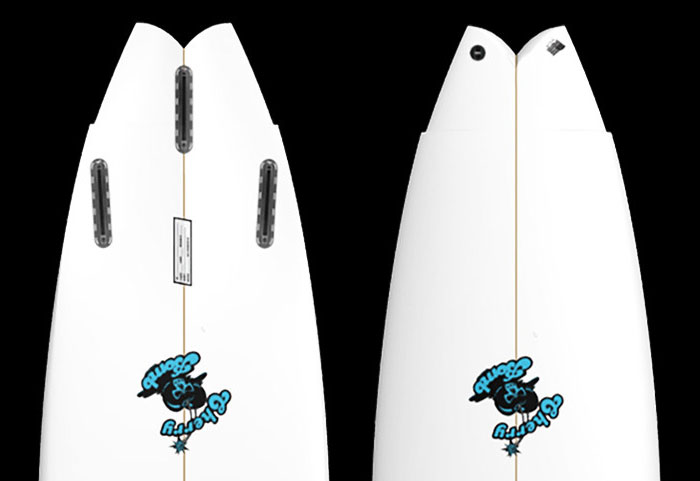
DIAMOND TAIL - if you take a square tail and a pin tail and combine it …you have a diamond tail. You get the lift of the square tail and a pivot point of the corner of the square tail. But, you have additional length from tip to tail. So essentially you are keeping the outline a little wider back there for lift but you get some additional hold from the point of the tail and the additional length of the board. The main thing about the diamond tail is that to make the shape of the diamond you come up the rail x amount of inches and cut in the corners on each side of the board. What this does is create a pivot point further up the board which creates a shorter rail line relative to the overall length of the board. This can create the feeling of the board “surfing shorter” than say the rail line of a round tail at the same length. So this is a really cool benefit to diamond tails.
Downside is these tails are not categorically definitive as far as a mainstream functionality. They usually are a strategic part of a surfboard design where you want some lift and want a board to feel and surf shorter than the actual length. They do make the board so you can almost never stand it up on its tail. They are unorthodox in general and don't resell well.
